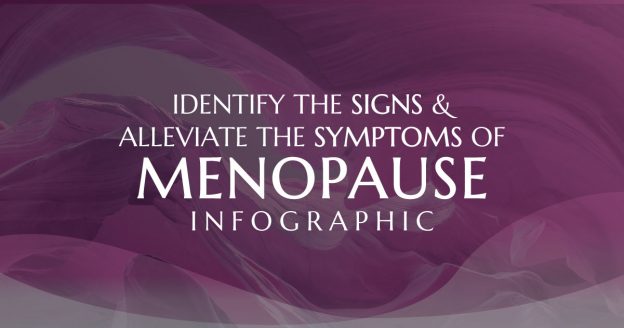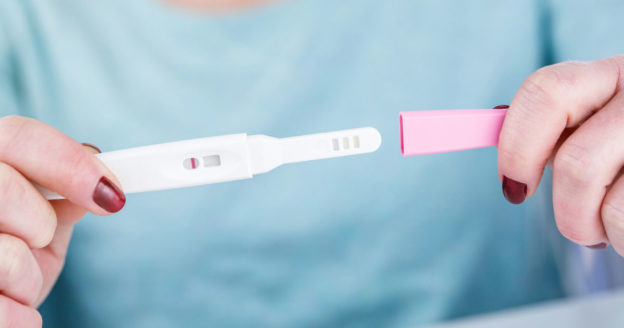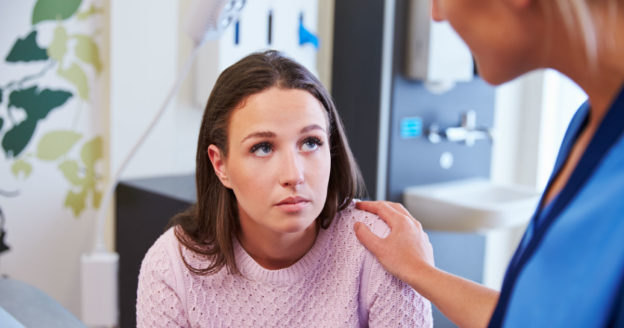All women will eventually undergo a Pap test, or Pap smear test, as a regular part of their routine medical examinations. Most women begin yearly Pap smear tests at age 21 or within three years of becoming sexually active. This procedure is one of the best methods for detecting signs of cervical cancer as early as possible, but it can detect other medical conditions as well.
During a Pap smear test, the gynecologist uses a special medical swab to remove a cell sample from the cervix, the lower opening of the uterus that connects to the vagina. Most women barely feel the test, but some experience mild cramping and discomfort as the gynecologist scrapes the cervix.
Reasons for Abnormal Pap Test Results
Some abnormal Pap smear test results happen because of relatively innocuous issues like yeast infections, bacterial infections or immune system irregularities. Smoking can cause abnormal cervical cell changes as well. Other times, an abnormal result can indicate a more serious infection.
Most abnormal Pap test results are the result of some types of the human papillomavirus (HPV). This sexually transmitted disease can linger dormant in a woman’s system for years before manifesting noticeable symptoms.
A woman may have HPV for years without ever noticing anything is wrong. The cell changes that occur from some types of HPV will fade on their own over time. Although, other types of HPV can lead to cervical cancer.
Limiting Your Risk of Contracting HPV
Since HPV is a sexually transmitted disease, maintaining responsible sexual habits and practicing safe sex are two of the best ways of protecting yourself from the virus and other sexually transmitted infections.
Women who have sex with multiple partners, have sex without condoms, or have sex with one partner who also has other partners are at a higher risk of contracting HPV than women in monogamous sexual relationships.
Symptoms of Abnormal Pap Tests
A Pap smear test detects changes in cervical cells, but these changes do not entail symptoms on their own. Depending on the type of change occurring, a woman may experience a variety of possible symptoms.
Different sexually transmitted diseases cause their own set of symptoms, such as:
- Abnormal vaginal discharge
- Lumps
- Blisters
- Sores
- Warts on the genital area
- A burning sensation or discomfort during urination or intercourse
- Rashes
What Do My Test Results Mean?
Gynecologists deliver Pap smear test results with different classifications based on the doctor’s findings. A result of “normal” indicates that the sample cells are healthy, and that there are no irregularities in the patient’s cervix.
An “unsatisfactory” result indicates a problem with the test sample. If the lab technician cannot properly read a sample, the patient will have to retake the examination.
Another possible outcome is “benign changes,” or a relatively normal result with some minor irregularities. These benign changes can include inflammation of the cervical cells, and the gynecologist will likely recommend further tests or treatment for the cause of the inflammation.
Finally, some Pap smear tests will lead to “ASCUS” results, or “atypical squamous cells of undetermined significance.” These results break down further into more specific categories.
Possible Results and Follow-Up Tests
After an ASCUS reading, the gynecologist will sometimes recommend another Pap test later or send the patient for additional screenings. Women under the age of 24 who receive abnormal Pap test results typically receive one of the following diagnoses:
ASC-H
Women who receive this diagnosis have cervical cells that display signs of HPV. The doctor will recommend a colposcopy as a follow-up exam. A colposcopy is a more in-depth inspection of the vulva, vagina, cervix and uterus using cameras and illumination devices to spot signs of infection and other abnormalities.
Low-Grade Squamous Intraepithelial Lesion (LSIL)
This result indicates infection with HPV. The gynecologist will assess the patient’s condition, and if she appears healthy, she may not require further action aside from another Pap test the following year. If the next Pap test has the same result, the doctor will send the patient for a colposcopy.
High-Grade Intraepithelial Lesion
This result is a more advanced version of a LSIL result and indicates the patient is at a high risk of developing cervical cancer.
Atypical Glandular Cells
This result indicates changes in the glandular cells of the cervix, and the patient will need a colposcopy for further examination.
Cancer
This is rare, but some women unfortunately develop cervical cancer at a young age. The doctor will refer the patient to an oncologist to begin cancer treatment. This is one of the most important reasons for women to undergo yearly Pap smear tests.
Receiving abnormal results can be alarming, but it’s important for women to understand that an abnormal result does not necessarily indicate cervical cancer. An abnormal result simply means that the cells fall outside the normal range and require closer examination. The chance of receiving a cancer diagnosis from an abnormal Pap test result is quite small.
Ask Questions and Take Charge of Your Health
Patients at Arizona Gynecological Consultants can rest assured that the providers we work with are committed to patient health and safety. Be sure to ask all questions you may have about your Pap smear test or results at your next appointment.

Founder and Medical Director of ARIZONA GYNECOLOGY CONSULTANTS
Dr. Kelly Roy is a specialist in surgical gynecology and advanced laparoscopy (and hysteroscopy). She is a long-time resident of Arizona and obtained her Bachelor of Science degree in Biomedical Engineering at Arizona State University before finishing her Doctorate of Medicine at the University of Arizona in 1997.
Dr. Roy completed her residency in Obstetrics and Gynecology at the then “Banner Good Samaritan Hospital” (now Banner University Medical Center), in Phoenix Arizona in 2001.
Well known for her teaching and surgical ability, she is on the faculty at the residency program at both Banner University Medical Center and Saint Joseph’s Hospital in central Phoenix and is a Clinical Assistant Professor of Medicine at the University of Arizona College of Medicine, Phoenix Campus. Dr. Roy has taught advanced surgical techniques to medical students, residents, fellows and colleagues for over 15 years.
Dr. Roy is also a consultant to the medical device industry and has participated in the design and clinical testing of many instruments and surgical devices available on the world-wide market today.
Read More About Dr. Kelly Roy, MD | WebMD Profile | Health.USNews.com Profile | Current Obstetrics and Gynecology Reports: TFA with the Sonata System







